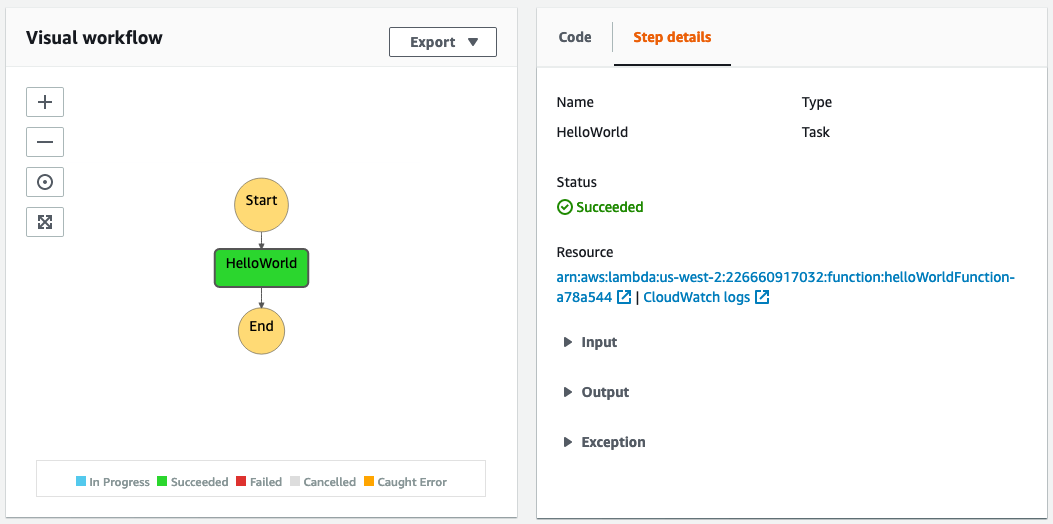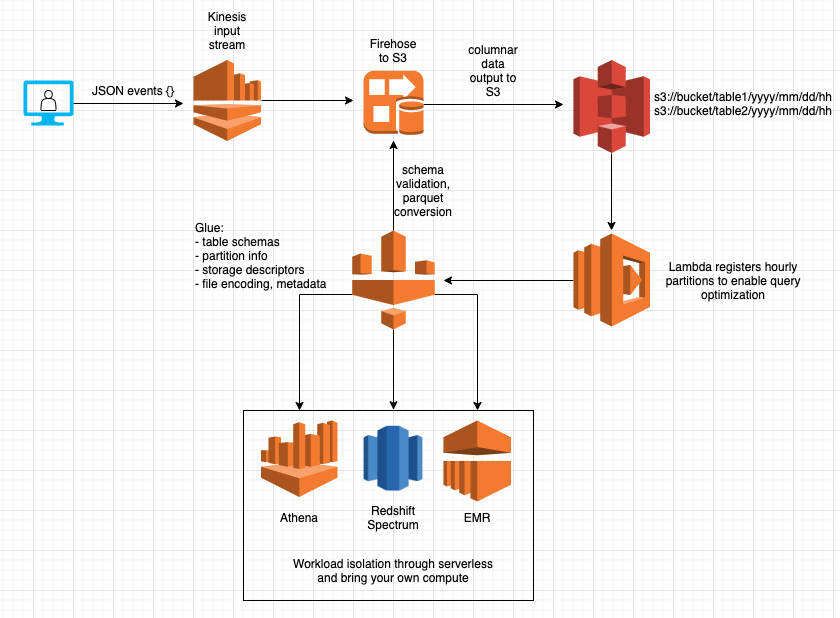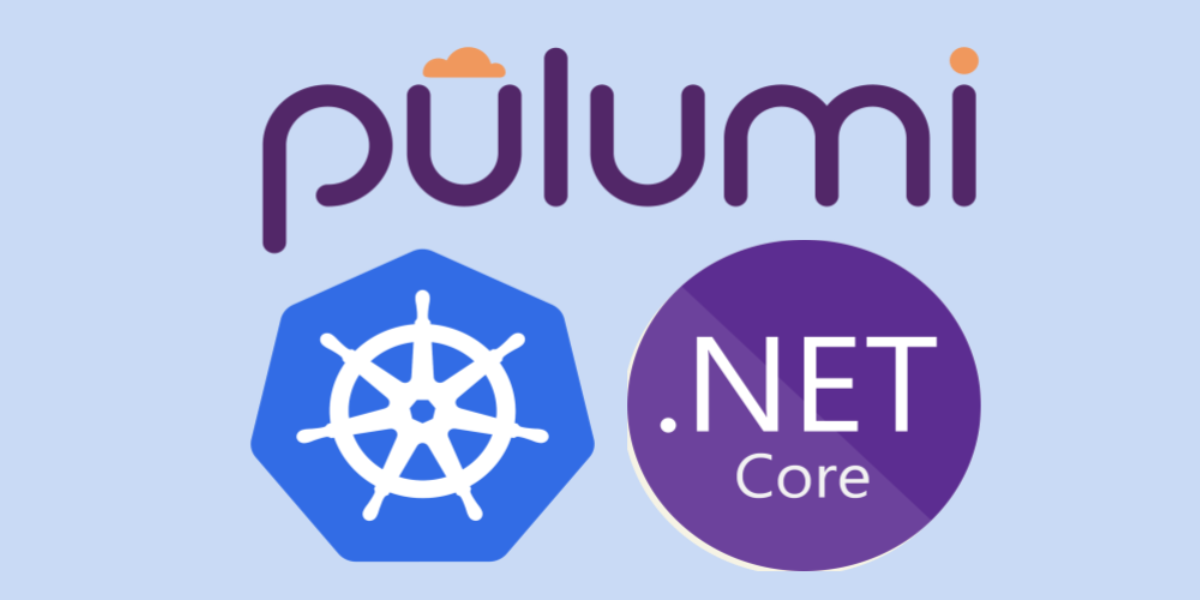Intro to AWS Serverless Step Functions

AWS Step Functions lets you build applications by connecting AWS services. Daisy-chaining steps into a workflow simplifies application development by creating a state machine diagram which shows how services are connected to each other in your application. We’ll go into the details of creating a lambda function, IAM roles and policies, and creating a workflow. Once we have the example deployed, we’ll walk through the process of adding another function and step to the workflow. Included in the walkthrough is a discussion of one of the aspects of the Pulumi programming model. The goal of this article is to provide a foundation for building your application using serverless workflows.















